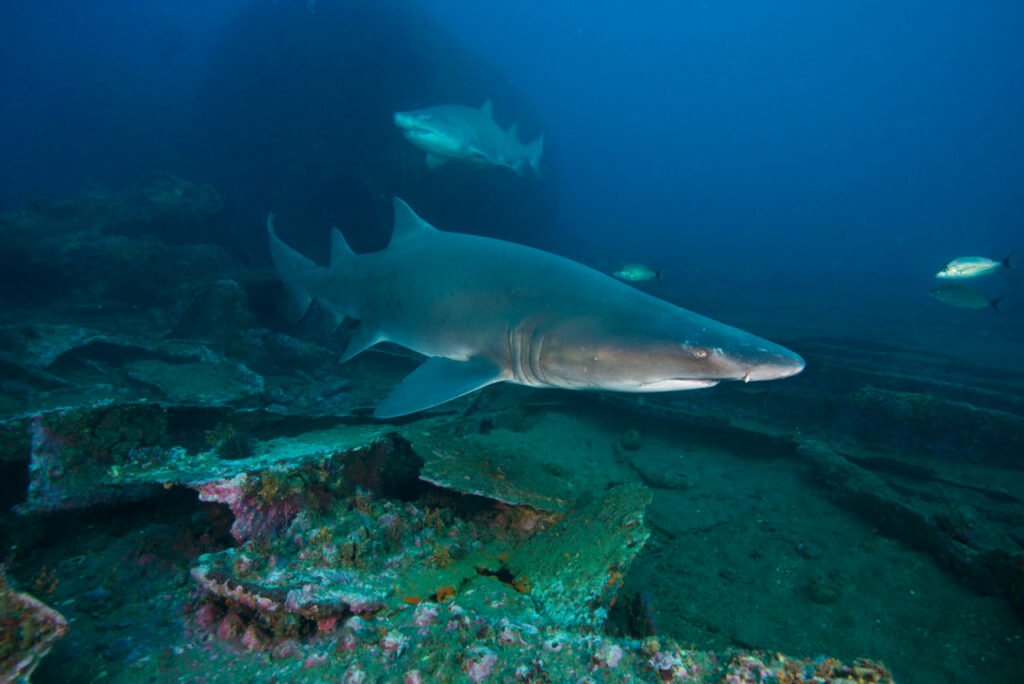The ocean’s apex predators have been swimming through our nightmares for decades, thanks to Hollywood’s dramatic portrayals and sensationalized media coverage. But what if I told you that these magnificent creatures are actually the ocean’s most essential guardians? While most people see sharks as ruthless killers lurking in the depths, the reality is far more fascinating and crucial to our planet’s survival than you might imagine.
The Ancient Ocean Architects
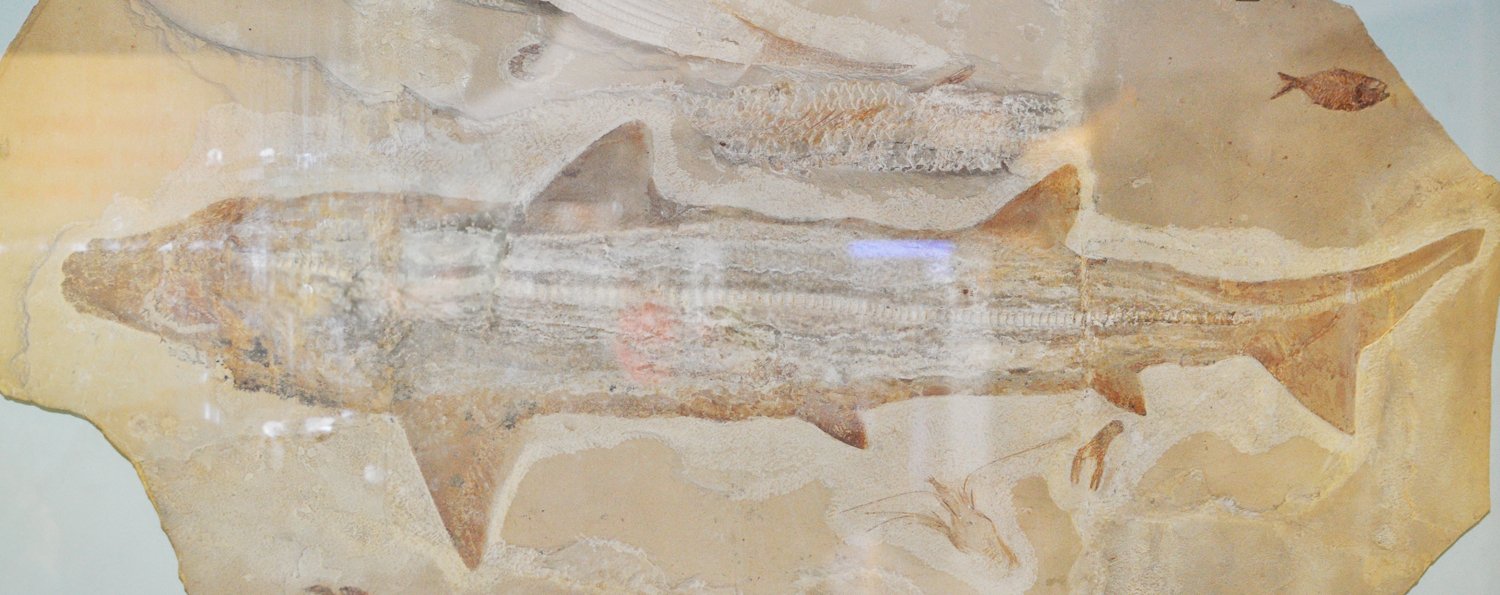
Sharks have been patrolling our oceans for over 400 million years, making them older than trees and having survived multiple mass extinctions that wiped out dinosaurs. These incredible survivors have evolved into nature’s most efficient ecosystem engineers, shaping marine environments in ways that scientists are only beginning to understand.
Their longevity speaks to their remarkable adaptability and essential role in maintaining ocean balance. Unlike many species that come and go, sharks have remained relatively unchanged because they’ve perfected their role as ocean regulators. This ancient wisdom embedded in their DNA makes them irreplaceable components of marine ecosystems.
The Trophic Cascade Effect

When sharks disappear from an ecosystem, the entire food web collapses in a domino effect known as a trophic cascade. Without these top predators, mid-level predators like rays and smaller sharks multiply rapidly, devastating shellfish populations and destroying crucial habitats like seagrass beds. This phenomenon was dramatically observed off the coast of North Carolina, where shark population declines led to a 40% reduction in scallop harvests.
The absence of sharks doesn’t just affect fish populations—it transforms entire ocean landscapes. Seagrass meadows, which store massive amounts of carbon and provide nursery habitat for countless species, begin to disappear when their grazers go unchecked. It’s like removing the CEO of a company and watching the entire organization crumble without proper leadership.
Carbon Storage Champions

Sharks are unlikely climate change warriors, but their role in carbon sequestration is absolutely crucial for our planet’s health. By maintaining healthy fish populations and protecting seagrass beds, sharks indirectly help store billions of tons of carbon in ocean sediments. These underwater meadows can store carbon 35 times faster than tropical rainforests, making shark conservation a climate imperative.
When sharks hunt, they often target sick, weak, or elderly fish, which forces healthy fish to seek shelter in deeper waters where they deposit nutrient-rich waste. This process, called the “whale pump” effect, helps transport carbon from surface waters to the deep ocean where it remains locked away for centuries.
Disease Control Specialists

Picture sharks as the ocean’s medical professionals, constantly removing sick and diseased fish from the population before infections can spread. This natural selection process keeps fish populations healthy and prevents devastating disease outbreaks that could collapse entire species. Without sharks, diseases like those affecting coral reefs would spread much more rapidly through fish communities.
Their hunting behavior targets the most vulnerable individuals, effectively removing genetic weaknesses from the gene pool. This process strengthens the overall resilience of marine populations, creating healthier ecosystems that can better withstand environmental changes and other stressors.
Coral Reef Guardians

Coral reefs, often called the rainforests of the sea, depend heavily on shark presence for their survival and health. Sharks control herbivorous fish populations that would otherwise overconsume the algae that coral polyps need for photosynthesis. This delicate balance maintains the vibrant, diverse coral ecosystems that support 25% of all marine species.
Research from the Pacific shows that coral reefs with healthy shark populations have 25% more fish species and significantly better coral coverage. The presence of sharks creates a fear response in prey fish, causing them to alter their behavior and feeding patterns in ways that benefit the entire reef ecosystem.
Nutrient Distribution Network

Sharks act as living conveyor belts, transporting nutrients across vast ocean distances through their migration patterns and feeding behaviors. When they hunt in nutrient-rich areas and travel to nutrient-poor regions, they redistribute essential elements like nitrogen and phosphorus through their waste products. This process is vital for maintaining productivity in different ocean zones.
Their long-distance movements connect different marine ecosystems, creating a network of nutrient exchange that wouldn’t exist without these apex predators. It’s similar to how rivers distribute nutrients from mountains to the sea, but sharks do this horizontally across ocean basins, linking distant marine communities.
Behavioral Regulation of Prey Species

The mere presence of sharks dramatically alters the behavior of their prey, creating what scientists call a “landscape of fear.” This psychological pressure prevents overgrazing of critical habitats and forces prey species to be more selective about where and when they feed. The result is a more balanced and sustainable use of marine resources.
Studies show that when sharks are present, sea turtles change their grazing patterns on seagrass beds, allowing these crucial habitats to recover and thrive. Without shark presence, turtles would overgraze these areas, creating underwater deserts where diverse marine life once flourished.
Economic Powerhouses

Beyond their ecological importance, sharks generate billions of dollars in economic value through eco-tourism, fishing industries, and ecosystem services. A single reef shark can be worth $1.9 million over its lifetime through tourism revenue, compared to just $108 if killed for its fins. This economic argument provides powerful motivation for shark conservation efforts worldwide.
Countries like the Maldives and Palau have recognized this value, implementing shark sanctuaries that have boosted their tourism industries significantly. The economic benefits extend beyond direct tourism, supporting local businesses, creating jobs, and generating tax revenue that funds conservation efforts.
Deep Ocean Ecosystem Maintenance

Many shark species make daily vertical migrations from deep waters to surface waters, playing crucial roles in deep-sea ecosystem health. These migrations help transport nutrients and energy between different ocean layers, supporting communities of organisms that live in the ocean’s darkest depths. Without these connections, deep-sea ecosystems would become isolated and less productive.
Deep-water sharks also scavenge dead organic matter that sinks from surface waters, preventing the accumulation of decaying material that could create oxygen-depleted zones. Their role as ocean janitors helps maintain water quality throughout the water column, supporting life at all depths.
Genetic Diversity Preservers
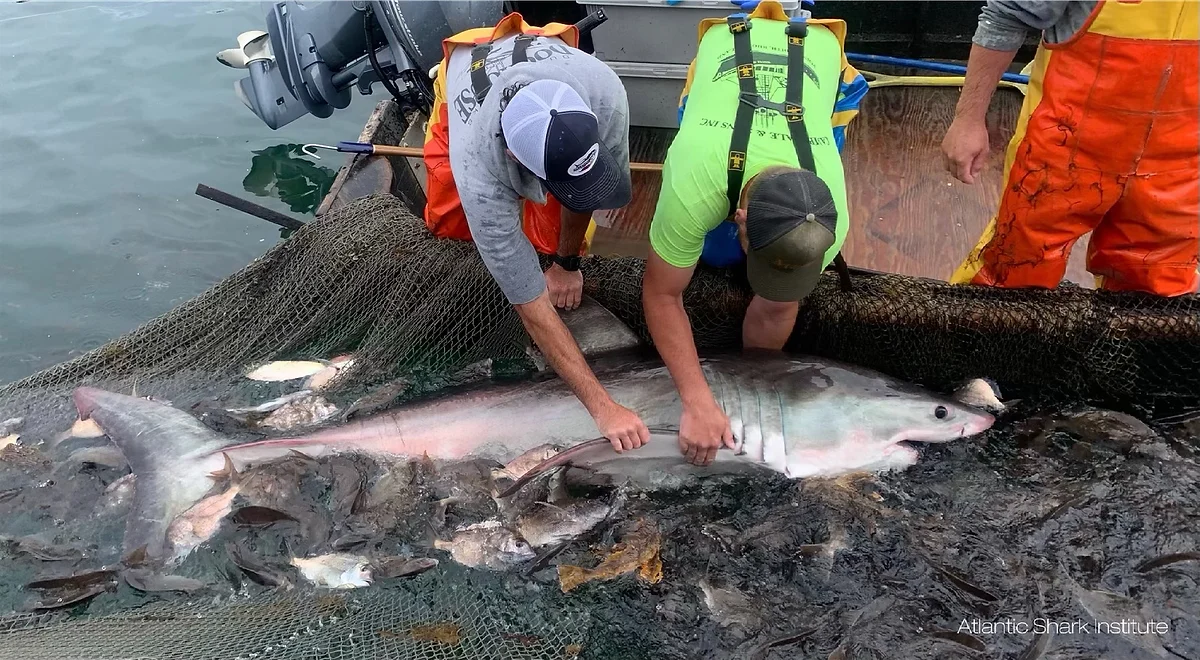
Sharks’ selective hunting pressure maintains genetic diversity within prey populations by preventing any single genetic variant from dominating. This natural selection process creates stronger, more adaptable fish populations that can better survive environmental changes, diseases, and other challenges. The genetic diversity they preserve is like a biological insurance policy for marine ecosystems.
By targeting individuals with specific traits or behaviors, sharks help maintain the evolutionary flexibility that allows species to adapt to changing conditions. This process is particularly important as ocean temperatures rise and marine ecosystems face unprecedented challenges from climate change.
Migration Corridor Connectors
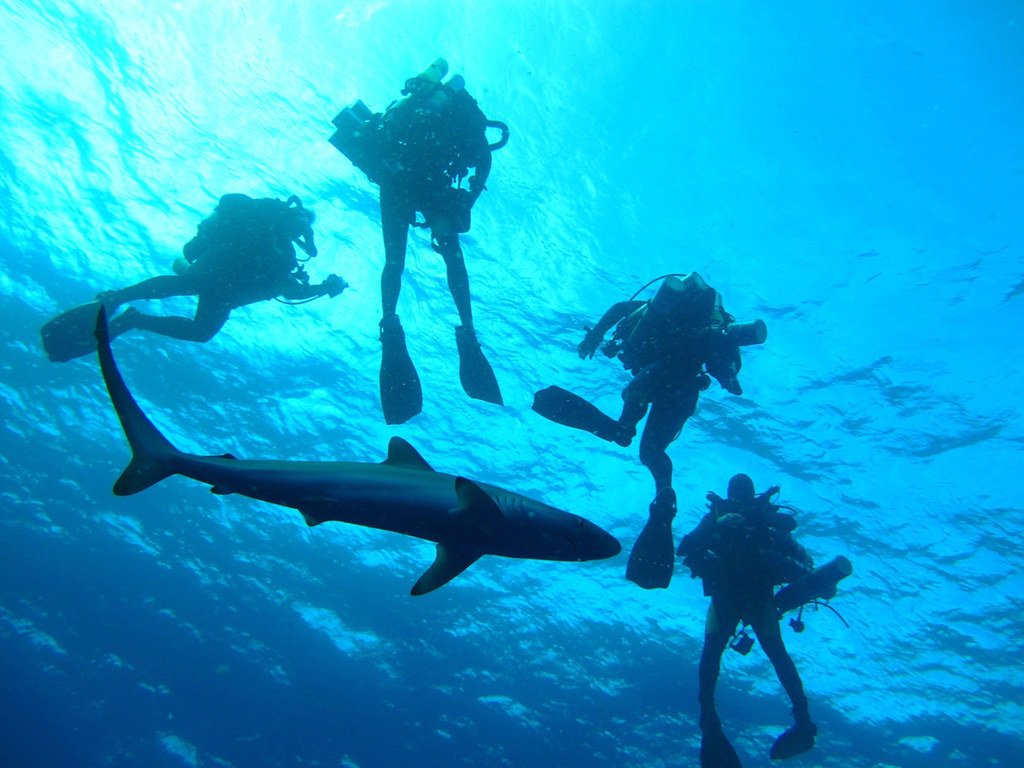
Sharks serve as living bridges between different marine habitats, connecting coastal areas with open ocean environments through their extensive migration patterns. These movements facilitate gene flow between isolated populations and help maintain the genetic health of marine species across vast distances. Their migrations also help synchronize breeding cycles and population dynamics across different regions.
Some sharks travel thousands of miles annually, creating corridors that allow smaller species to expand their ranges and colonize new habitats. This connectivity is essential for maintaining resilient marine ecosystems that can recover from local disturbances and adapt to changing environmental conditions.
Scavenging and Waste Management

Sharks are nature’s cleanup crew, efficiently removing dead and dying organisms from the ocean before they can decompose and create harmful bacterial blooms. This scavenging behavior helps maintain water quality and prevents the formation of oxygen-depleted zones that could devastate marine life. Their role as oceanic janitors is particularly important in areas with high fish mortality.
Their powerful digestive systems can process materials that would be toxic to other marine life, effectively filtering harmful substances from the ocean. This biological waste management system has been operating for millions of years, helping maintain the chemical balance necessary for healthy marine ecosystems.
Prey Population Quality Control

Through their hunting strategies, sharks continuously improve the overall fitness of prey populations by removing individuals with poor genetics, diseases, or physical defects. This natural selection process creates stronger, healthier fish populations that are better equipped to survive environmental challenges and reproduce successfully. The result is more resilient marine ecosystems.
This quality control system extends beyond individual fitness to include behavioral traits, ensuring that prey species maintain appropriate fear responses and survival instincts. Without this selective pressure, prey populations might become complacent and vulnerable to other threats, potentially leading to population crashes.
Microhabitat Creation

Sharks create and maintain microhabitats through their feeding behaviors and movements, forming small-scale environments that support specialized communities of marine life. Their feeding pits, created while hunting for buried prey, provide shelter for small fish and invertebrates. These microhabitats increase overall biodiversity by creating niche environments for species with specific habitat requirements.
The trails and disturbances created by sharks as they move through different habitats also help mix sediments and nutrients, creating patches of enhanced productivity. These areas often become hotspots for marine life, supporting communities that wouldn’t exist without shark activity.
Seasonal Ecosystem Regulation

Many shark species follow seasonal migration patterns that help regulate marine ecosystems throughout the year. Their presence during specific seasons controls breeding cycles of prey species, prevents overexploitation of resources during critical periods, and helps maintain the natural rhythms that many marine organisms depend on for survival.
These seasonal movements also help redistribute populations and resources across different areas, preventing any single location from becoming overpopulated or depleted. The timing of shark migrations often coincides with important ecological events like spawning seasons or nutrient upwelling, maximizing their regulatory impact.
Research and Scientific Value
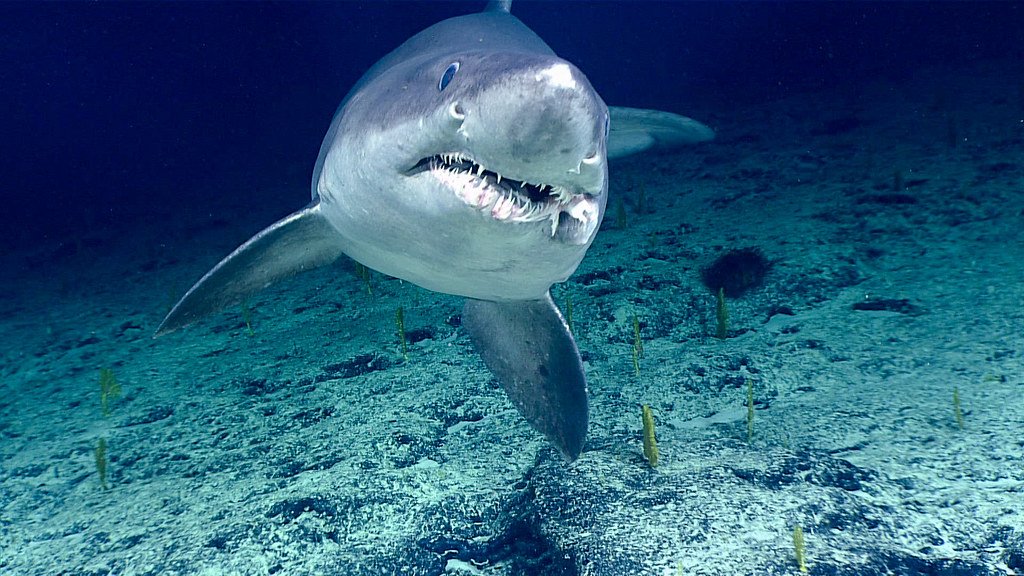
Sharks serve as living laboratories for understanding ocean health, climate change impacts, and ecosystem dynamics. Scientists use shark populations as indicators of marine ecosystem health, tracking their movements to understand ocean currents and studying their behavior to predict environmental changes. The data collected from shark research contributes to broader understanding of marine conservation needs.
Their long lifespans and position at the top of food webs make sharks excellent bioaccumulators, storing information about ocean pollution, temperature changes, and chemical composition in their tissues. This biological record helps scientists track long-term environmental changes and develop more effective conservation strategies.
Future Ocean Resilience

As ocean conditions continue to change due to climate change, pollution, and human activities, sharks become increasingly important for maintaining ecosystem resilience. Their role as ecosystem stabilizers will be crucial for helping marine communities adapt to new conditions and maintain essential functions like carbon storage and oxygen production.
Healthy shark populations provide the flexibility and stability that marine ecosystems need to weather environmental changes and recover from disturbances. Protecting sharks today is essentially an investment in the future health and productivity of our oceans, ensuring that these vital systems continue to support life on Earth.
Conclusion
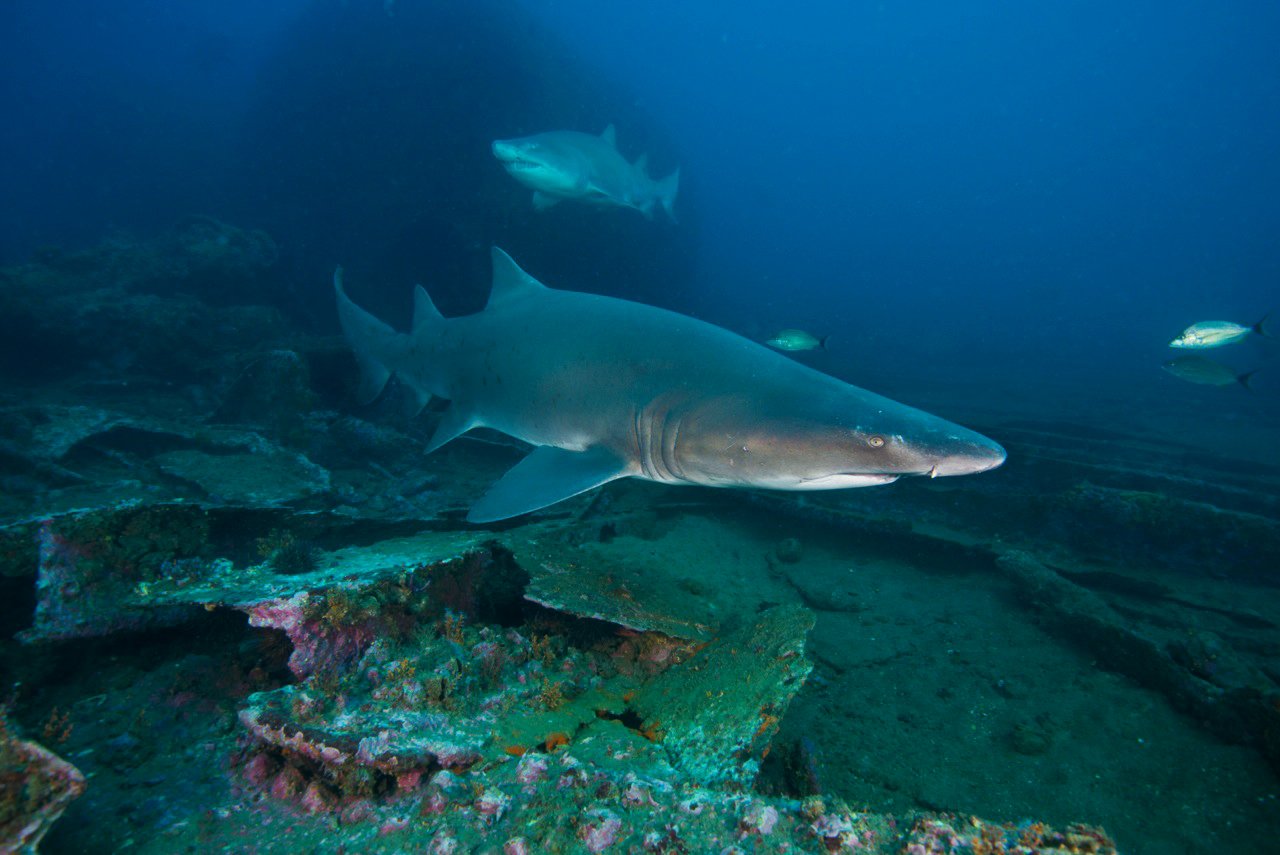
The next time you see a shark documentary, remember that these remarkable creatures are far more than fearsome predators—they’re the ocean’s most essential guardians. From carbon storage to disease control, from genetic diversity to ecosystem stability, sharks maintain the delicate balance that keeps our oceans healthy and productive. Their 400-million-year success story isn’t just about survival; it’s about service to the entire marine world.
Every shark species lost represents a irreplaceable piece of ocean machinery breaking down, with consequences that ripple through entire ecosystems and ultimately affect human life. Protecting sharks isn’t just about conservation—it’s about preserving the natural systems that regulate our planet’s climate, provide food security, and maintain the biodiversity that makes life possible.
What would our oceans look like if we finally recognized sharks as the heroes they truly are?

